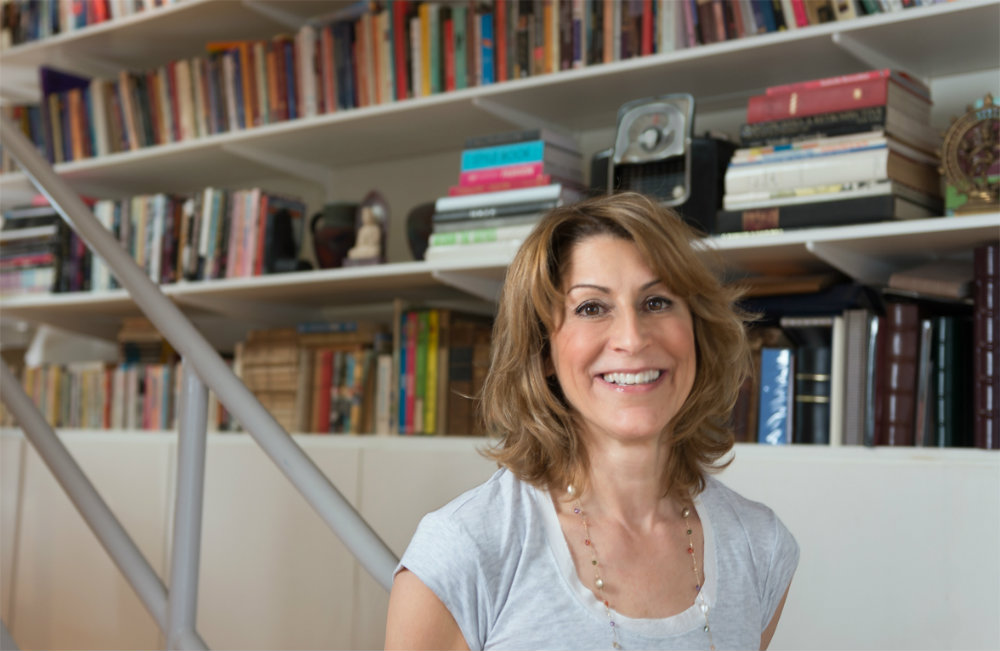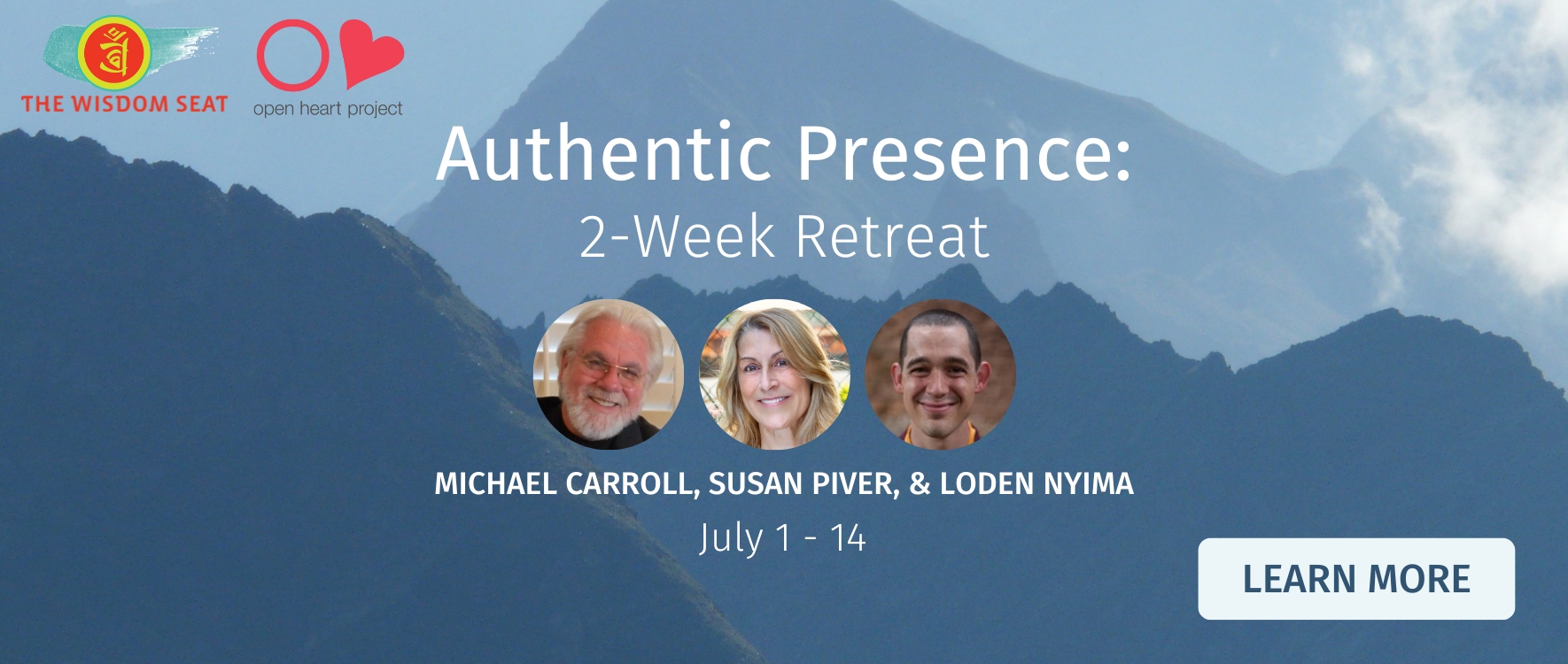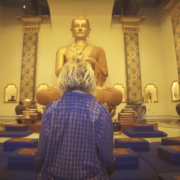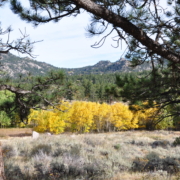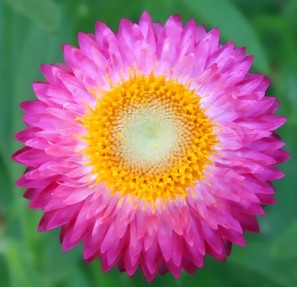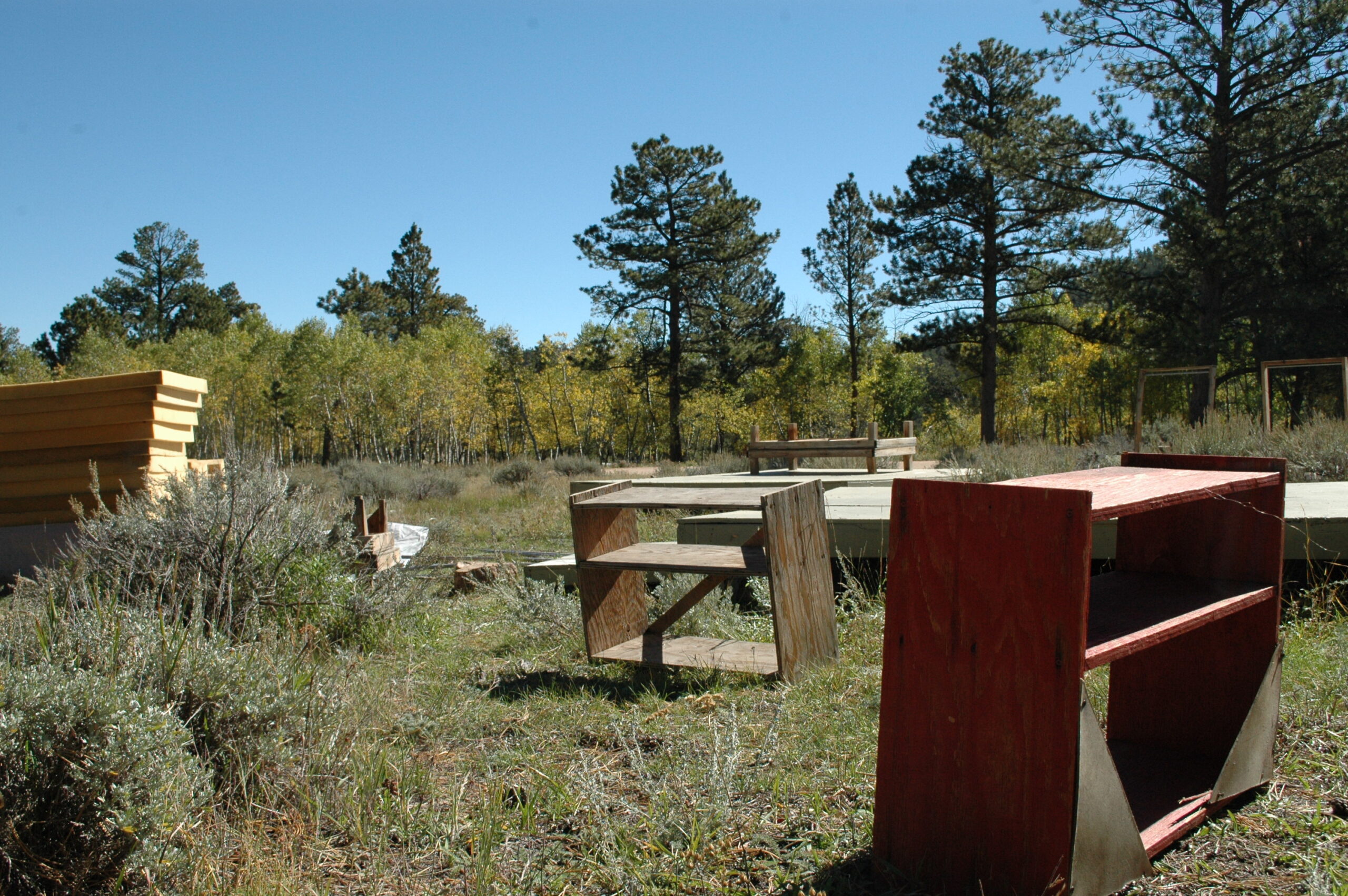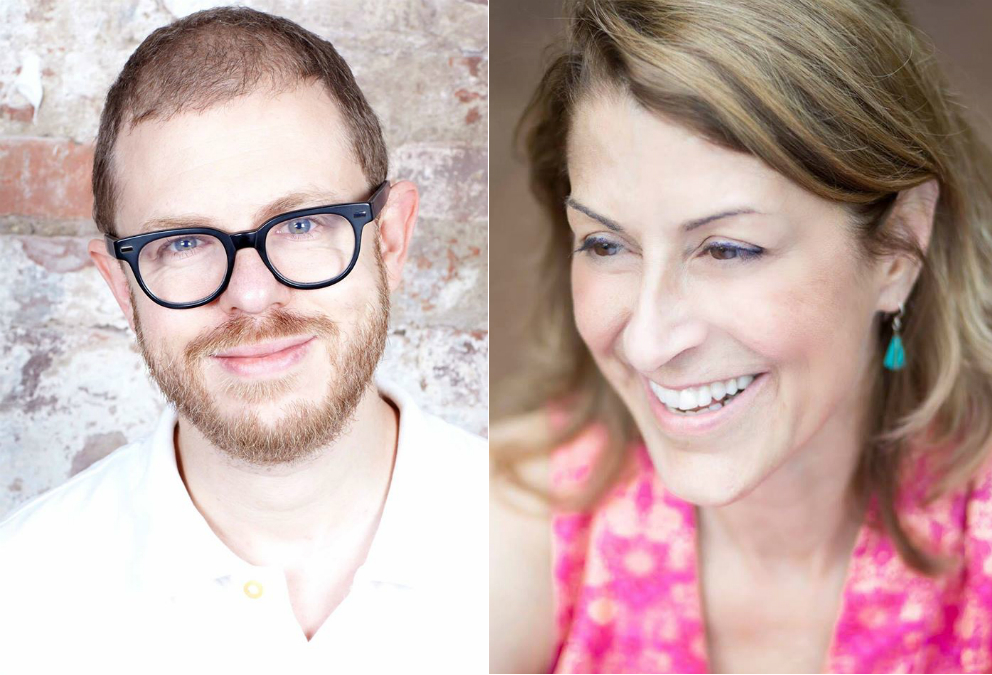Susan Piver on Meditation and Creativity
By Susan Piver //
The other day, I read a tweet from someone looking for advice about taking up meditation for creative reasons. Could it help one become more creative, they wondered?
I’ve had ample opportunity to study this question. I lead meditation and writing retreats that are about reconnecting with our own creativity and, beyond that, with the moment of inspiration. And after all, what is creativity, exactly, besides a continuous series of moments of inspiration? Which raises the questions: What is inspiration and where does it come from? Can my meditation practice help?
When it comes to the latter question, the answer is “absolutely” and “maybe not.”
Fascinatingly, Dictionary.com offers us this definition of “to inspire”: “To infuse into the mind; to communicate to the spirit; to convey, as by a divine or supernatural influence; to disclose preternaturally; to produce in, as by inspiration.” And this: “To draw in by the operation of breathing; to inhale.”
At no point is the definition offered: “to be clever” or “to impress.” Rather, the definition points to something far more simple, receptive, and intimate.
When I think of inspiration, the word that comes to me is “clarity.” Suddenly I see something that I hadn’t seen before—not because it wasn’t there, but because I simply hadn’t noticed it before. Inspiration comes not from conquering new horizons of thought or acquiring skills I had been lacking, but from relaxing into a more spacious view. This is why our most interesting inspirations often happen when we do not expect them, while showering, dreaming, or driving. When we stop striving—even to be more creative, relaxed, or intelligent—moments of clear seeing arise.
Our meditation practice teaches this exact skill: to relax our minds by resting attention on breath—without agenda. The moment we apply an agenda to our meditation practice, even a noble one such as practicing in order to be more creative, the energy of the practice is drained. When we are able to let go of conventional agendas, our brilliance is unleashed. This is how creativity works. I don’t know why.
One of the greatest teachers ever of the Enneagram (about which I am passionate), the Chilean psychiatrist and brilliant thinker Claudio Naranjo, said about music, “Only repetition invites spontaneous innovation,” and of course this is true of all the arts. You can’t sit down at your computer or pick up your guitar or paintbrush and command yourself to innovate. Much sloppiness results from such an approach unless you just happen to get lucky. But we can do better than hoping to get lucky in art, by learning to work with our minds skillfully and openly. Meditation is a very powerful way to do so—but only if it is practiced free from any and all agendas. At this point, one’s vision expands. The repetition of focusing on breath—breath—breath also, somehow connects you to a much larger space. Zooming in, we pan out.
Creativity is predicated on just this form. Take writing, for example. If the focus of meditation is breath, the focal point of writing is a word. No matter how hard you try, you can write only one word at a time. Word—word—word. Even if it happens very fast, each one is still selected. At the same time, how do you know what to say? I have no idea, by the way. All I notice is that the “what to say” seems to arise from space and this is what creates good writing (or music or dance, and so on). If you sit down to write already knowing exactly what to say, you will end up with a textbook or a report. If you allow the writing to arise in the act of writing, it seems to result in something fresh. So both meditation and creativity share this: each is simultaneously one-pointed and panoramic. As I have practiced both over the years, I have come to see that there is actually no difference in technique, none whatsoever.
I once attended a small gathering to hear a talk on creativity by the late classical music composer and devoted Buddhist practitioner Peter Lieberson. Someone asked him about his daily routine. Did he work on one piece continuously? Did he work particular hours? How did he know what to create? All he said in answer was this, “The most important moment in my process is the moment before I begin,” and I have ruminated on this countless times. I think what he meant was to release all agendas, ideas, expectations, hopes, and fears, which are always obstacles. Upon such release, rather than encountering an abyss, one is reconnected with the great and luminous field that is inspiration itself.
So, can meditation help you become more creative? Definitely. And no way.
From Start Here Now by Susan Piver © 2015 by Susan Piver. Reprinted by arrangement with Shambhala Publications, Inc. Boulder, CO. www.shambhala.com
About the Author
Susan Piver is a Buddhist teacher and the New York Times bestselling author of nine books, including The Wisdom of a Broken Heart, and Start Here Now: An Open-Hearted Guide to the Path and Practice of Meditation. Her latest book is The Four Noble Truths of Love: Buddhist Wisdom for Modern Relationships.
Piver has been a student of Buddhism since 1995, graduated from a Buddhist seminary in 2004 and was authorized to teach meditation in the Shambhala Buddhist lineage in 2005.
She teaches workshops and speaks all over the world on meditation, spirituality, communication styles, relationships and creativity. She wrote the relationships column for body + soul magazine, and is a frequent guest on network television, including the Oprah Winfrey Show, Today, and CNN. Her work has been featured in the New York Times, the Wall Street Journal, TIME, Parade, Money, and others.
In 2011, Piver launched The Open Heart Project, an online meditation community with more than 20,000 members who practice together and explore ways to bring spiritual values such as kindness, genuineness and fearlessness to everyday life.

